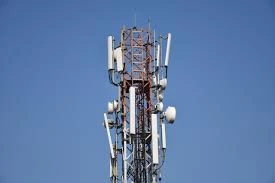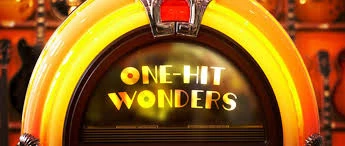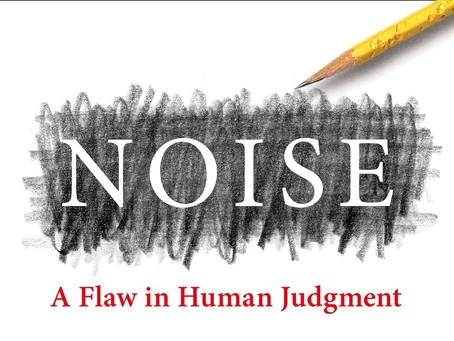The cellphone towers of healthcare
Cellphone towers, as telephone poles before them, are not in themselves valuable. They are expensive and ugly but are necessary to deliver the actual value that people want: communication. The value is realized by the people having cellphones. In healthcare, the Electronic Healthcare Record (or EHR) is analogous to the towers. Studies have shown that, by itself, having an EHR is expensive and, not surprisingly, does not improve care. So what is the equivalent to the cellphone in healthcare?
At the moment the biggest return on the EHR investment comes from physician ordering systems. Here doctors (and some nurses) can order medications, schedule radiology and pathology services, by prescribing them into a patient record. This saves time to the clinician, ensures consistency between the order and the record and creates the opportunity for additional safety checks (albeit, the value of such checks has not yet been proven beyond a few anecdotes).
In an emerging trend, a new application for the EHR is set to be even bigger: secondary use of clinical data. In particular, the following three uses of routinely collected data are set to change medicine for the better:
- Improvement to quality of healthcare and patient safety
- Medical research
- Post-market surveillance of devices and drugs
Data are already collected, and these uses are already known, but there are now technical obstacles to rapidly improving quality of care:
- data are still messy and non-uniform,
- analytic tools are largely made for business use, not clinical use (by clinicians)
- a perception that this is hard and expensive
Watch this space as Evidentli is helping more and more healthcare providers, research organisations and individual clinicians overcome these challenges.
Further reading: Rapid Learning Healthcare Systems







Leave a Reply
Comments, questions or queries? Let us know!"